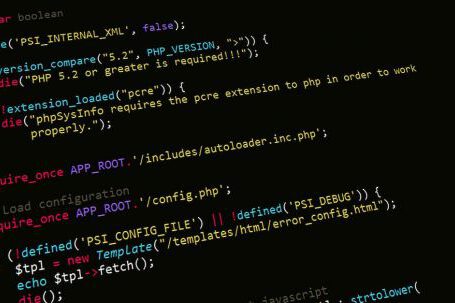In the digital age, cybersecurity has become a major concern for individuals and organizations alike. With the increasing frequency and sophistication of cyber attacks, it is clear that traditional security measures are no longer sufficient. However, there is hope on the horizon in the form of blockchain technology. With its decentralized and transparent nature, blockchain has the potential to revolutionize cybersecurity in the coming decade. Let’s explore how.
Enhanced Data Security
One of the key advantages of blockchain technology is its ability to enhance data security. Unlike traditional centralized systems, where data is stored in a single location, blockchain utilizes a distributed ledger that is replicated across multiple nodes. This means that even if one node is compromised, the data remains intact on other nodes, making it extremely difficult for hackers to alter or tamper with the information.
Moreover, blockchain employs cryptographic algorithms to secure the data stored on the network. Each transaction is encrypted and linked to the previous transaction, forming a chain of blocks that is virtually impossible to modify without the consensus of the network. This ensures the integrity and immutability of the data, providing a robust defense against unauthorized access and manipulation.
Eliminating Single Points of Failure
Traditional cybersecurity measures often rely on a central authority or a single point of failure. This centralized approach makes systems vulnerable to attacks, as a successful breach of the central authority can compromise the entire network. In contrast, blockchain operates on a decentralized network, where transactions are verified and recorded by multiple nodes. This eliminates any single point of failure, making it incredibly difficult for hackers to target and exploit vulnerabilities.
Furthermore, blockchain’s consensus mechanism ensures that all participants in the network agree on the validity of transactions. This consensus is achieved through a process called mining, where nodes compete to solve complex mathematical puzzles. Once a block is successfully mined, it is added to the blockchain, and the consensus is reached. This decentralized consensus mechanism adds an extra layer of security, as any attempt to tamper with the data would require a majority of the network’s computational power, making it economically and technically infeasible.
Transparent and Auditable Transactions
Another significant advantage of blockchain technology is its transparency and auditability. Every transaction recorded on the blockchain is visible to all participants in the network, ensuring complete transparency. This transparency can be particularly valuable in the field of cybersecurity, as it allows for real-time monitoring and detection of any suspicious activities.
Moreover, the immutability of the blockchain ensures that once a transaction is recorded, it cannot be altered or deleted. This makes it possible to create an indelible record of all activities, providing a valuable source of evidence in the event of a cyber attack. Additionally, the ability to trace and track transactions on the blockchain can help identify the source of an attack and hold accountable those responsible.
Conclusion: A New Era of Cybersecurity
As we enter the next decade, the potential of blockchain technology to revolutionize cybersecurity is becoming increasingly evident. Its decentralized nature, enhanced data security, elimination of single points of failure, and transparency make it a powerful tool in the fight against cyber threats. While there are still challenges to overcome, such as scalability and regulatory concerns, the future looks promising. With continued advancements and adoption of blockchain technology, we can expect a new era of cybersecurity where individuals and organizations can feel confident in the protection of their valuable data.





